July 11, 2017
Creativity is the new productivity in the modern era of work and workplaces 0
 Creativity is often thought of as a quality unique to artistic geniuses. When in reality, it is present in all of us, and something that can be enhanced and nurtured, given the right tools and environment. Creativity is the innate human ability to generate ideas, solve difficult problems and exploit new opportunities — it is the fuel for innovation. Many of today’s most pressing business problems require creative thinking to solve them, and creativity is an essential ingredient for business growth. However, 77 percent of CEOs name creativity as their company’s number one skill shortage (20th CEO survey, PWC, 2017). Being agile is critical in a world that is changing rapidly, with disruptive technology, globalisation and an increasingly complex landscape all playing a part. More than ever, supporting creativity at work is an essential part of driving value for both businesses and society. In days gone by, instead of focusing on their organisation’s creative output, most business leaders were obsessed with near-term goals such as productivity, efficiency, cost-cutting and reducing waste. But the landscape has shifted and creativity is emerging as an important dimension of productivity.
Creativity is often thought of as a quality unique to artistic geniuses. When in reality, it is present in all of us, and something that can be enhanced and nurtured, given the right tools and environment. Creativity is the innate human ability to generate ideas, solve difficult problems and exploit new opportunities — it is the fuel for innovation. Many of today’s most pressing business problems require creative thinking to solve them, and creativity is an essential ingredient for business growth. However, 77 percent of CEOs name creativity as their company’s number one skill shortage (20th CEO survey, PWC, 2017). Being agile is critical in a world that is changing rapidly, with disruptive technology, globalisation and an increasingly complex landscape all playing a part. More than ever, supporting creativity at work is an essential part of driving value for both businesses and society. In days gone by, instead of focusing on their organisation’s creative output, most business leaders were obsessed with near-term goals such as productivity, efficiency, cost-cutting and reducing waste. But the landscape has shifted and creativity is emerging as an important dimension of productivity.






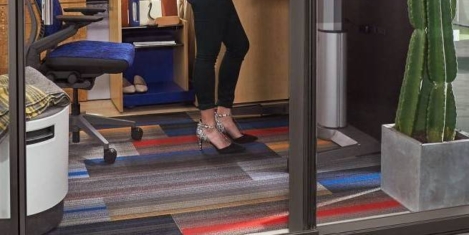


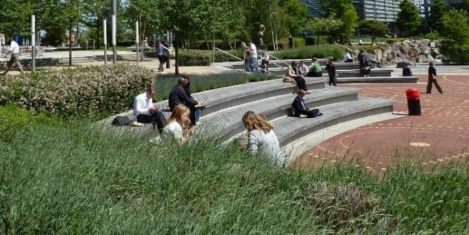
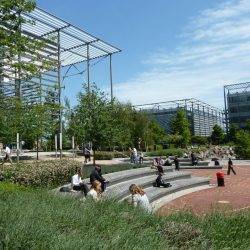
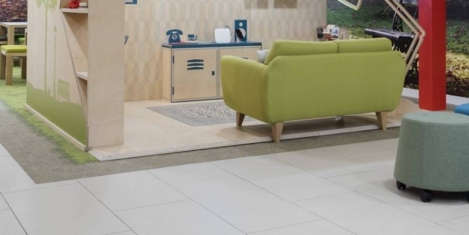
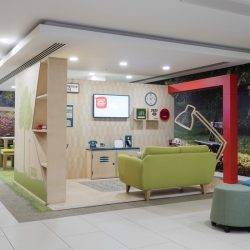
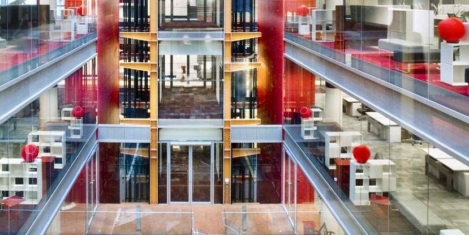
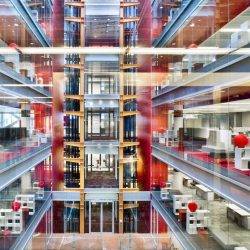










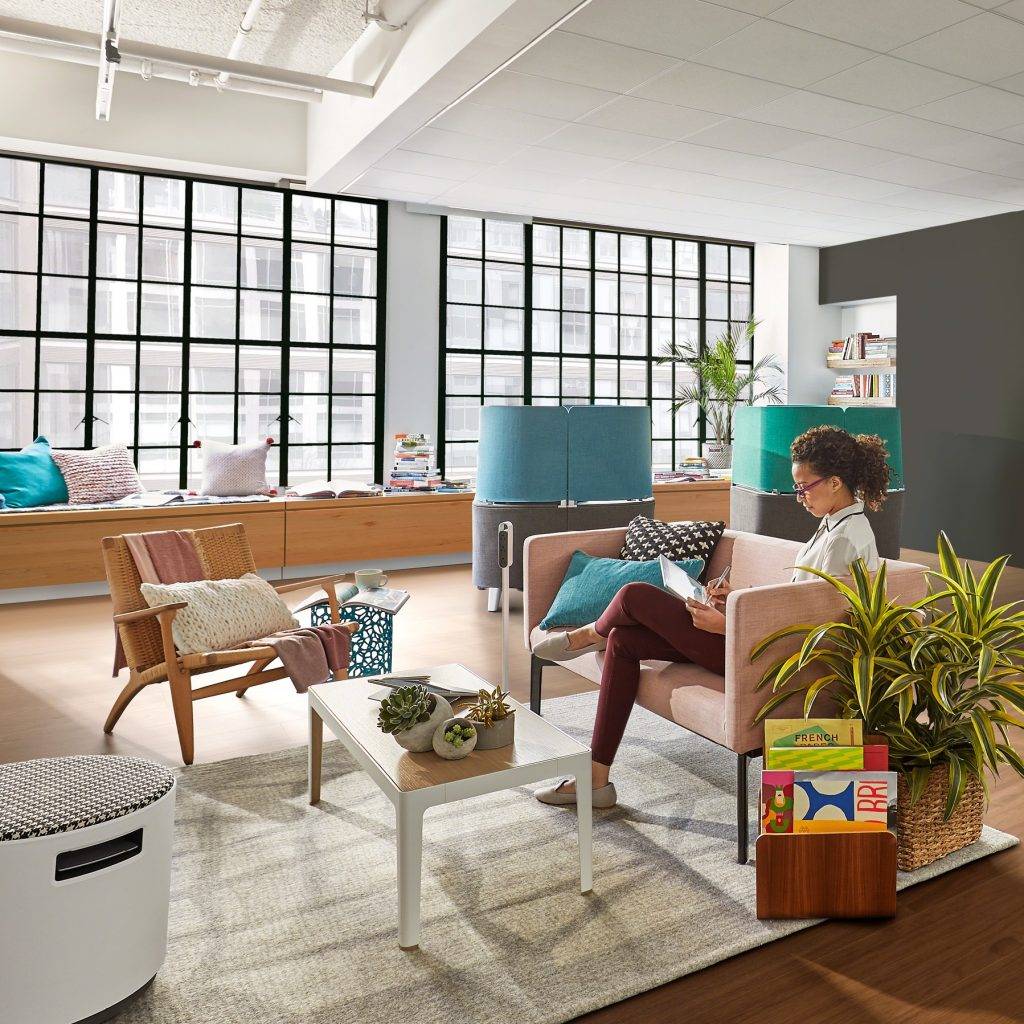


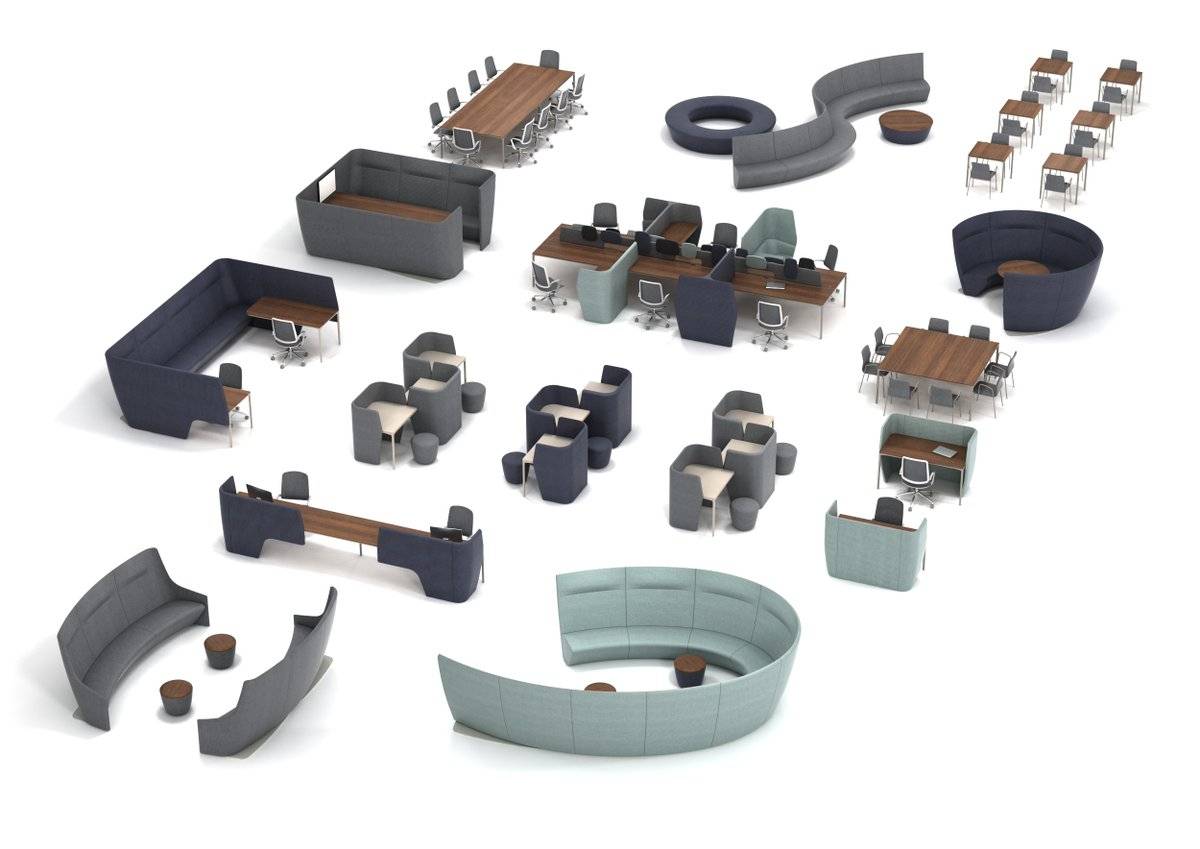
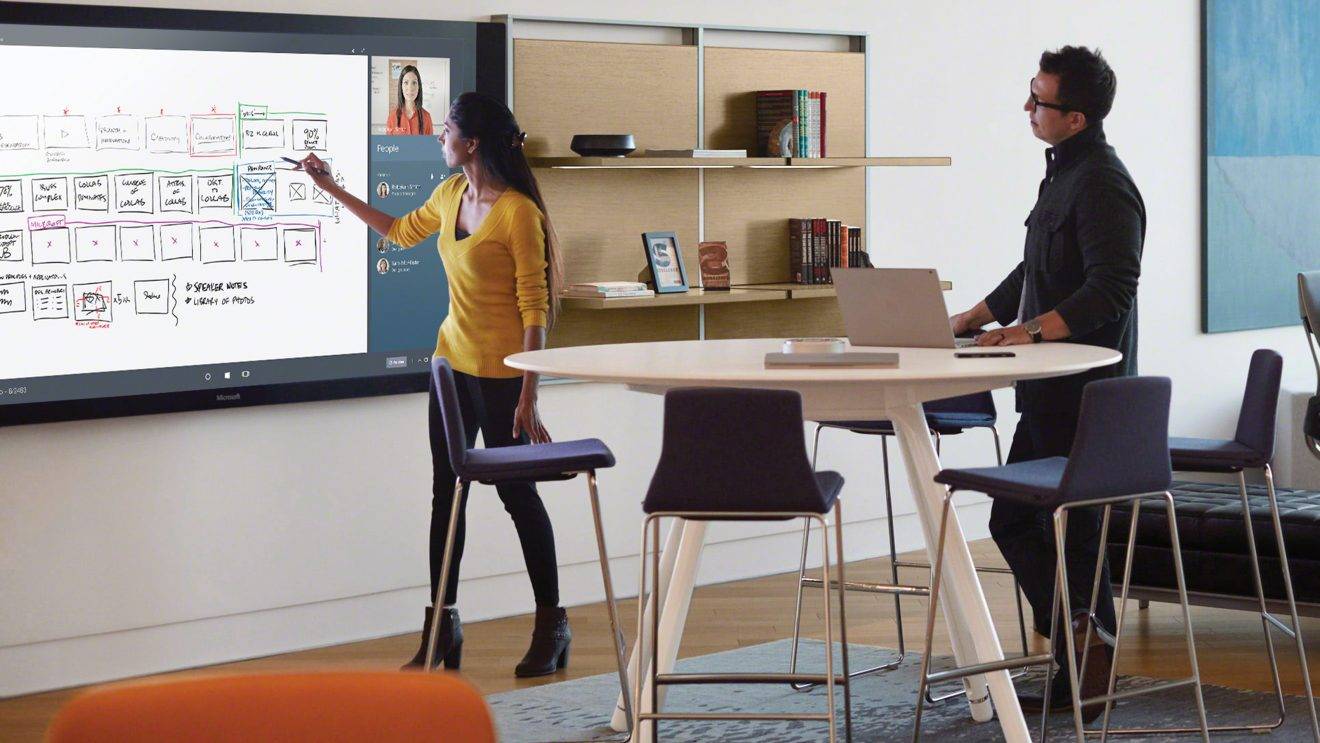

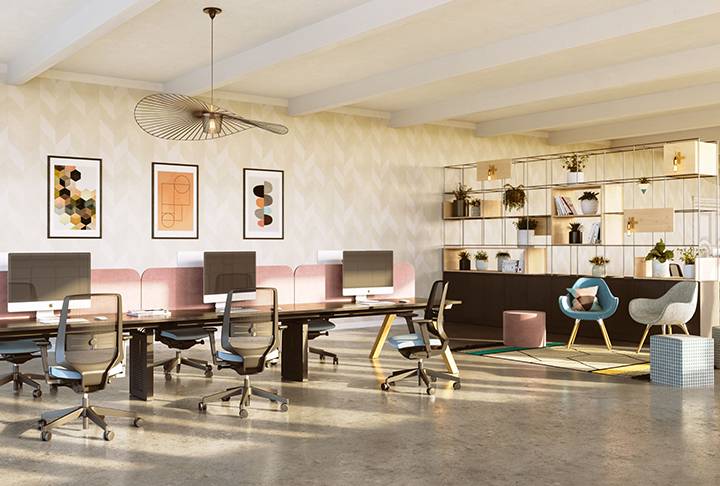
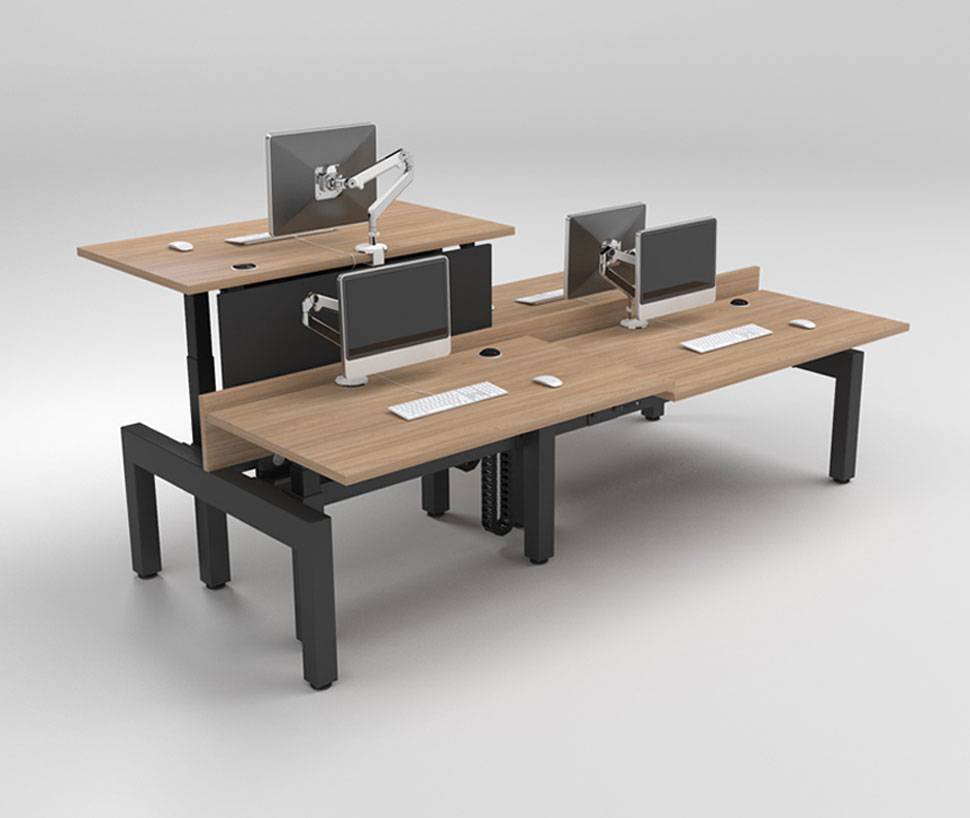




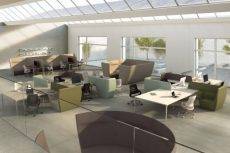
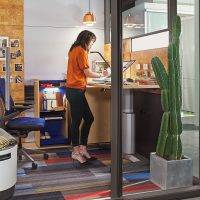











July 13, 2017
What we may be missing about IBM’s decision on flexible working 0
by Gary Chandler • Comment, Flexible working, Property, Workplace design
(more…)